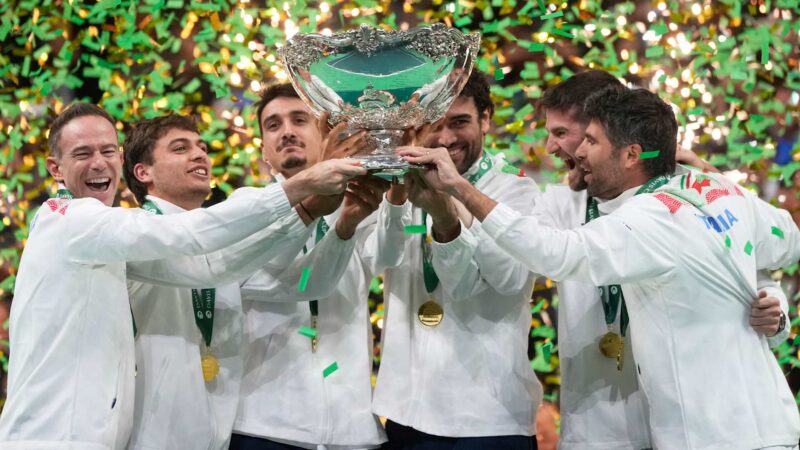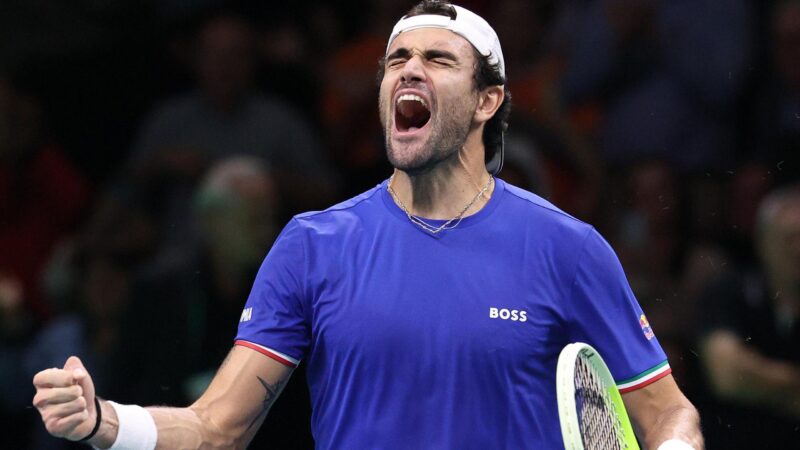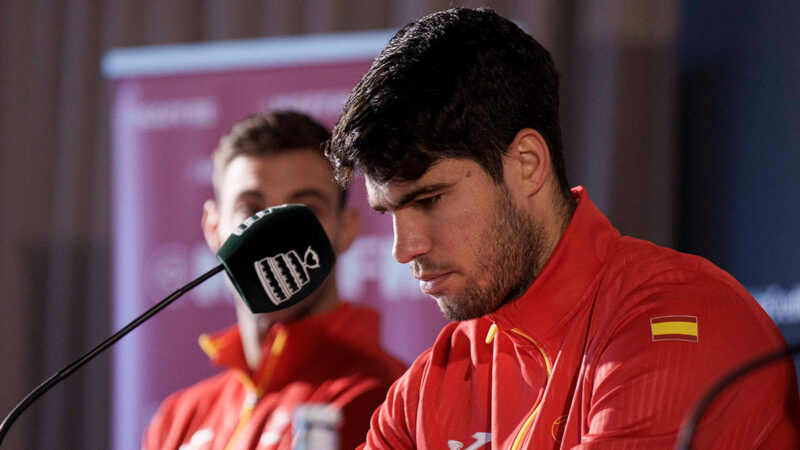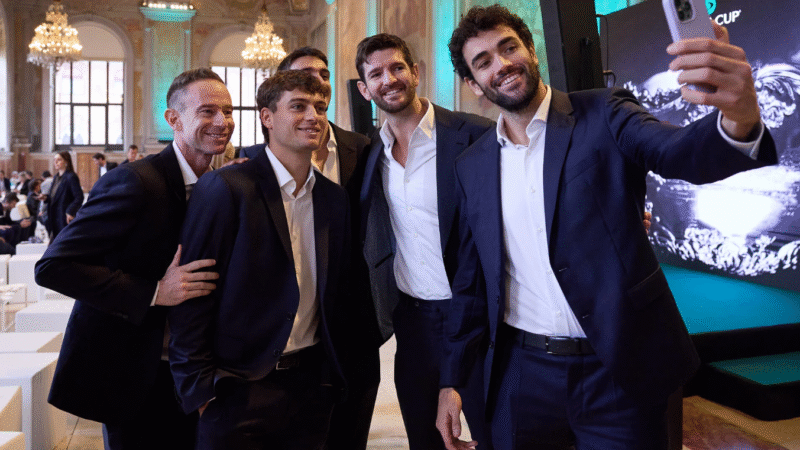Saudi Arabia serves an ace into Tennis’ elite club, but at what cost?

I’ll admit it. When I first heard whispers that Saudi Arabia was gunning for a Masters 1000 slot, I filed it under “ambitious, maybe even audacious.” After all, this is the ATP’s elite circle. The top nine tournaments that sit just below the Grand Slams.
Breaking into that lineup isn’t like buying naming rights to a football stadium. It’s more like convincing an exclusive country club to expand its guest list after 35 years.
But here we are. Starting as early as 2028, Saudi Arabia will host a brand-new ATP Masters 1000 tournament — the first addition to the series since the category was created in 1990.
It’s the kind of headline that confirms what’s been obvious for a while. The Kingdom is no longer just flirting with global sports. It’s moved in, redecorated the house, and put its initials on the front gate.
The event will be a one-week, 56-player draw, likely in February. Which is already a congested patch of the calendar currently occupied by tournaments in Doha and Dubai.
The details are still being ironed out, but this isn’t just another desert stopover with palm trees and pyrotechnics. It’s a signal — nay, a statement — that Saudi Arabia has finally earned its place among tennis’ power players.
Andrea Gaudenzi, the ATP chairman, called it “a proud moment” and praised the country’s “genuine commitment” to the sport. You can’t blame him for sounding pleased.
For years, the ATP has wrestled with stagnation. Too many tournaments, too little money flowing back to players, and an increasingly bloated calendar.
Now, with Saudi investment through its sports division SURJ (backed, of course, by the Public Investment Fund), tennis has found a deep-pocketed partner willing to pay for the privilege of progress.
Still, there’s a catch. Or maybe a few, actually.
When Saudi Arabia first came knocking back in 2023, the pitch was far grander. A combined men’s and women’s 1000-level tournament to open the season in January, a blockbuster event that would rival the Australian Open’s warm-up stretch.
That vision has since been trimmed down from a combined event to a men’s-only one, from a 96-player draw to 56, and from January to February. The reality, it seems, required a few compromises.
Danny Townsend, the CEO of SURJ Sports, hinted that a joint men’s and women’s event could still happen down the line. “We’d certainly never say never,” he said recently, acknowledging the commercial upside of a combined format. But for now, the ATP alone gets the headline act.
Tennis’ power brokers will tell you this move was inevitable.
The sport’s fragmented structure — four Grand Slams pulling in one direction, the ATP and WTA Tours tugging in another — has long cried out for fresh investment and centralized planning.
But let’s be honest. Saudi money isn’t arriving in a vacuum. It comes with a history, a narrative, and plenty of global skepticism.
You can’t talk about the Kingdom’s sporting ambitions without hearing the word “sportswashing.”
It’s the argument that these grand projects — from LIV Golf to heavyweight boxing to Formula One — are as much about reputation repair as athletic passion.
In tennis, that debate has already found its voices. Legends like Chris Evert and Martina Navratilova have publicly questioned the sport’s growing ties to Riyadh, pointing to the country’s record on women’s and LGBTQ+ rights.
To dismiss those concerns would be naive. But to ignore the momentum of what’s happening here would be just as shortsighted. The PIF’s fingerprints are now all over tennis. From sponsoring the men’s and women’s world rankings to bankrolling the WTA Finals in Riyadh through 2027.
The Next Gen ATP Finals are already in Jeddah. And let’s not forget the Six Kings Slam — that glitzy exhibition that hands out more prize money than most Grand Slams.
So yes, this new Masters event is another jewel in Saudi Arabia’s growing tennis crown. But it also raises hard questions about where the sport’s moral lines and market limits actually lie.
From a player’s standpoint, the calendar is already bursting at the seams. Holger Rune’s injuries this year were the latest reminder that even the best bodies can’t keep up with a tour that never really stops.
February, in particular, is a scheduling jigsaw puzzle spanning four continents. Adding another high-stakes event could make it feel even tighter, even if Gaudenzi insists the Saudi Masters will stay a one-week affair.
And yet, it’s hard to deny the allure. Bigger prize money, state-of-the-art facilities, and the promise of a spectacle unlike any other in tennis. It’s a potent combination. As one top player privately put it, “You can question where it is, but you can’t question what it means.”
That’s the paradox of modern tennis. Ideals on one side, incentives on the other.






